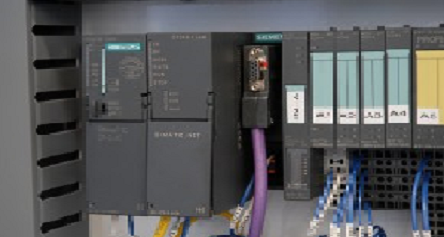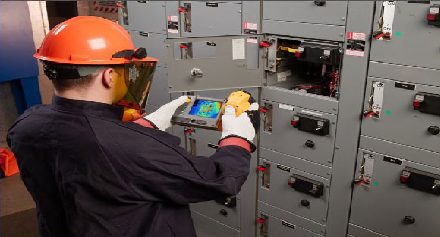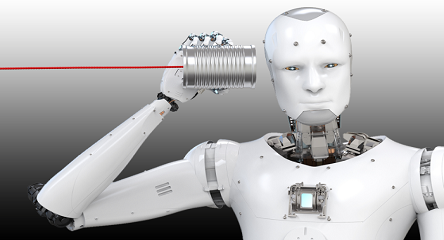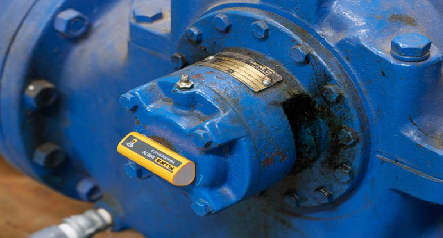About the Author
As a Regional Manager – ANZ at ONYX InSight, Hiren’s primary role includes leading Sales, Engineering and Operational activities for the region. His background includes Degree in Instrumentation Engineering and Project Management, coupled with experience around asset reliability, primarily focused in the mining and industrial environment and recently in the wind industry.






